ABOUT THE AUTHOR
W. Ralph Johnson is the John Matthews Manly Distinguished Service Professor Emeritus in the Department of Classics at the University of Chicago. His many works include Darkness Visible: A Study of Vergils Aeneid (1976); The Idea of Lyric: Lyric Modes in Ancient and Modern Poetry (1982); Momentary Monsters: Lucan and His Heroes (1987); Horace and the Dialectic of Freedom: Readings in Epistles 1 (1993); and Lucretius and the Modern World (2000). He has taught and published articles and reviews on Vergil, Horace, Propertius, Ovid, and Terence, Latin poetry of all periods, and Greek and Latin rhetoric. He has been a visiting professor at the University of Michigan, Ann Arbor and the University of California, Los Angeles, and he won a Distinguished Teaching Award at the University of California, Berkeley.
W. R. JOHNSON

Darkness Visible
A Study of Vergils
Aeneid
UNIVERSITY OF CHICAGO PRESS
CHICAGO AND LONDON
The University of Chicago Press, Chicago 60637
The University of Chicago Press, Ltd., London
1976 by W. R. Johnson
Originally published by the University of California Press
All rights reserved. Originally published 1976.
University of Chicago Press edition 2015
Printed in the United States of America
22 21 20 19 18 17 16 15 1 2 3 4 5
ISBN: 978-0-226-25223-0 (paper)
ISBN: 978-0-226-25237-7 (e-book)
DOI: 10.728/chicago/9780226252377.001.0001
Library of Congress Catalog Card Number: 7430523
Library of Congress Cataloging-in-Publication Data
Johnson, W. R. (Walter Ralph), 1933- author.
Darkness visible: a study of Vergils Aeneid / W.R. Johnson.
pages cm
Includes bibliographical references and index.
ISBN 978-0-226-25223-0 (pbk.: alk. paper) -- ISBN 978-0-226-25237-7 (e-book)
1. Virgil. Aeneid. 2. Aeneas (Legendary character) in literature. 3. Epic poetry, Latin--History and criticism. 4. Rome--In literature. I. Title.
PA6825.J6 2015
873.01--dc23
2014041842
 This paper meets the requirements of ANSI/NISO Z39.481992
This paper meets the requirements of ANSI/NISO Z39.481992
(Permanence of Paper).
For
L. A. MACKAY
And how brave men are with their
dim reflectors: they see nothing
and simply say: it is dark here,
we must make a light!
yet from those flames
No light, but rather darkness visible
Servd only to discover sights of woe,
Regions of sorrow, doleful shades, where peace
And rest can never dwell.
MILTON
usque adeo taetra nimborum nocte coorta
impendent atrae formidinis ora superne
LUCRETIUS
CONTENTS
In writing these essays on the Aeneid, I have not aimed much at originality, and I have tried to avoid argumentation. What I have to say about the surfaces of Vergils poem, about its narrative and stylistic modes, has been said or adumbrated by Pschl, Otis, Clausen, Quinn, Anderson, Putnam, and other contemporary readers of Vergil who have worked hard and well to recover aspects of Vergils poetic that have been lost or obscured both in the recent and in the not so recent past. I see this aspect of my work, then, as essentially concerned with the qualifying and modifying of emphasis of recent formulations of Vergils poetic.
When I turn from the poems narrative and stylistic modes to what the poem means, I naturally lose my equanimity from time to time: each reader feels that each of his favorite poems somehow belongs to him and therefore resents any intrusions into his private and special gardens. Even here, however, what I am mostly trying to do is to synthesize and mediate rather than to define and to prescribe. I am keenly aware that the Aeneid means all kinds of things, and I am also aware that the meaning or meanings that I find in itthough I am sure that they are present in itare in some sense my own meanings, not because I have created them but because I, like other readers, select and emphasize them in a personal (but not subjective) way. What I am specially engaged in when I discuss the meanings of the Aeneid is to mediate between varieties of pessimism and optimism, and here too I am mostly elaborating the mediations and syntheses of Perret and MacKay.
The Greek texts for Homer are from the Cambridge editions of Arthur Platt (Iliad, 1894; Odyssey, 1892); for Apollonius the text is that of R. C. Seaton (Oxford, 1900). I am very happy to be allowed to reprint sections from Allen Mandelbaums superb rendering of the Aeneid. (Berkeley and Los Angeles, 1971). I am very grateful to the Oxford University Press for its kind permission to use passages from T. E. Shaws rendering of the Odyssey (1932). The versions of the Iliad, the Argonautica, and Longinus are my own.
It is a great pleasure to record my debt to T. G. Rosenmeyer, August Frug, Frederick Williams, my wife Sabina, and my anonymous reader for their careful and kind criticisms. For the errors and infelicities that spurned their warnings and remain, they are not, of course, in any way responsible. I should also like to thank Elizabeth Block for her help in preparing some of the manuscript, Lois A. Benson for her extraordinary care in editing it, and all of my students in Comparative Literature at Berkeley for their grand enthusiasms and their fresh, bright minds.
Finally, I call attention to two books that I wish I had seen before my book was completed: J. W. Hunts Forms of Glory (Carbondale, 1973), which offers excellent descriptions of Vergils unique fusion of triumph and regret, and Jean Ppins Mythe et Allgorie (Aubier, 1958), which provides splendid descriptions of the nature of ancient allegory and is particularly rich in its meditations on multiple allegories.
AJP | American Journal of Philology |
CJ | Classical Journal |
CR | Classical Review |
CSCA | California Studies in Classical Antiquity |
CW | Classical Weekly |
GR | Greece and Rome |
GRBS | Greek, Roman and Byzantine Studies |
HSCP | Harvard Studies in Classical Philology |
JRS | Journal of Roman Studies |
REL | Revue des Etudes Latines |
TAPA | Transactions of the American Philological Association |
YCS | Yale Classical Studies |

ELIOTS MYTH AND VERGILS FICTIONS
as every half-truth at length produces the contradiction of itself in the opposite half-truth.
D. H. LAWRENCE
Myth operates within the diagrams of ritual, which presupposes total and adequate explanations of things as they are and were; it is a sequence of radically unchangeable gestures. Fictions are for finding things out, and they change as the needs of sense-making change. Myths are the agents of stability, fictions are the agents of change. Myths call for absolute, fictions for conditional assent. Myths make sense in terms of a lost order of time, illud tempus as Eliade calls it; fictions, if successful, make sense of the here and now, hoc tempus
Next page
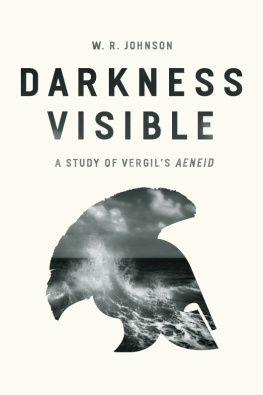
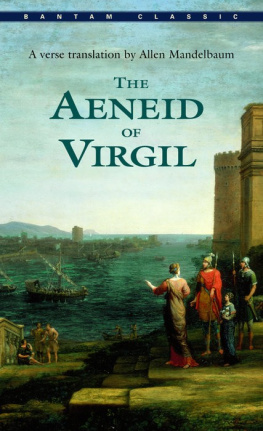

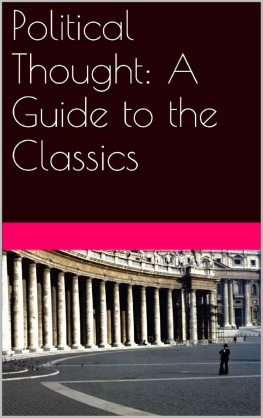
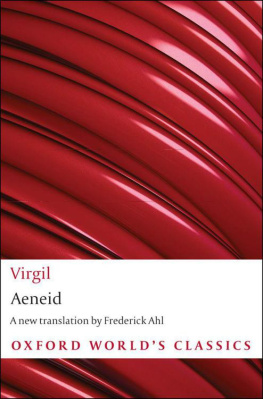

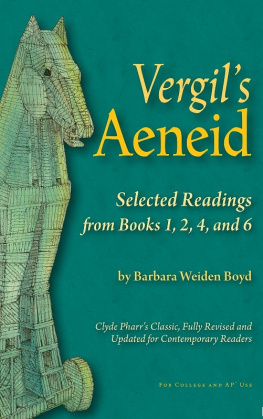

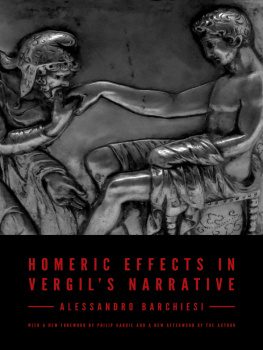
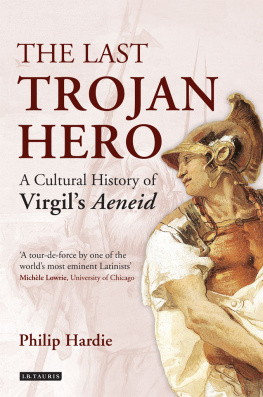

 This paper meets the requirements of ANSI/NISO Z39.481992
This paper meets the requirements of ANSI/NISO Z39.481992